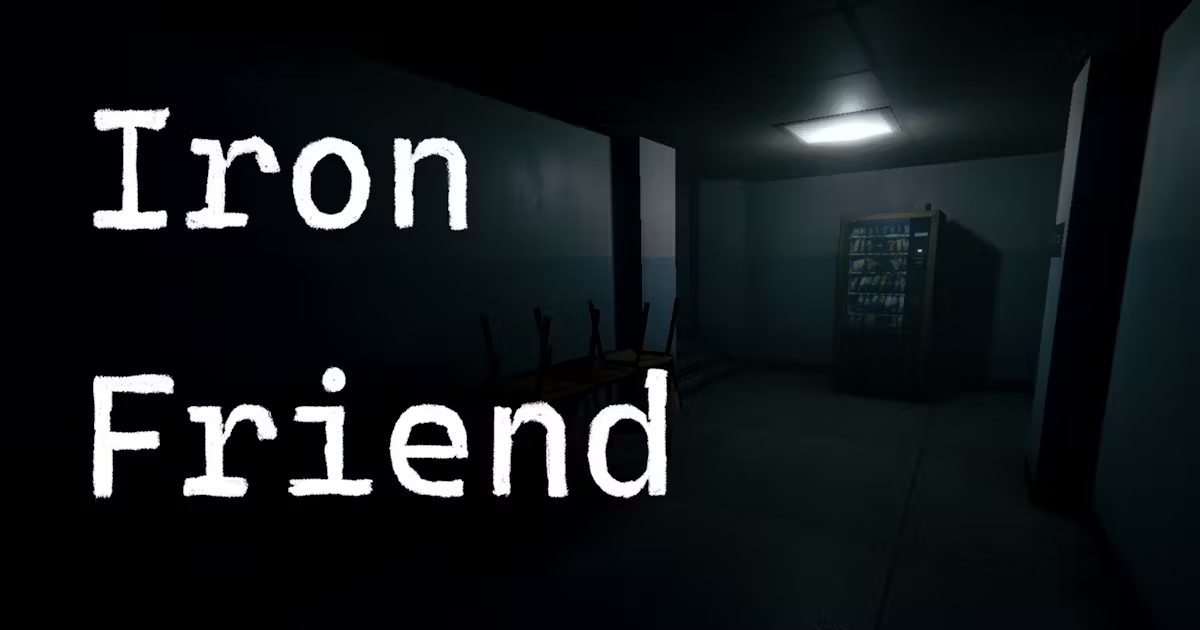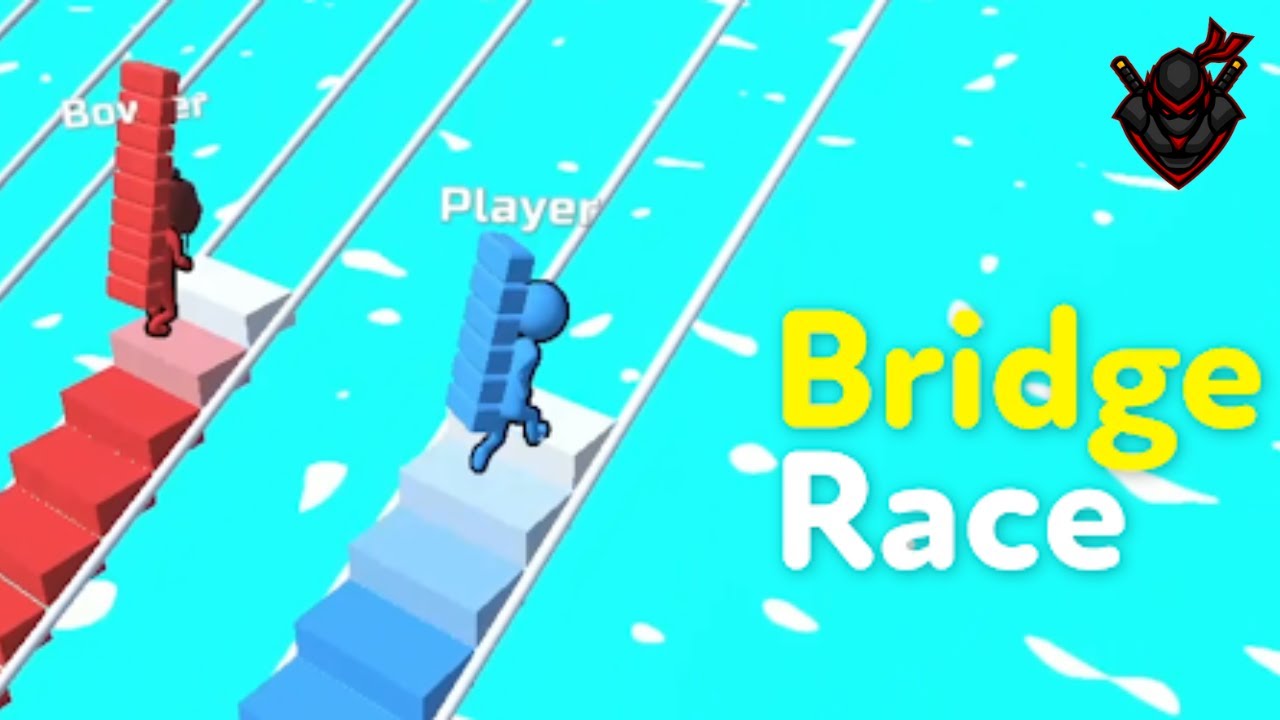The Iron Friend game is an engaging activity that combines elements of teamwork, strategy, and fun. It’s perfect for group gatherings, fostering connections, and creating memorable moments. This article explores what the Iron Friend game is, how to play it, the rules, and its benefits.
What Is the Iron Friend Game?
The Iron Friend game is a group activity where participants take on challenges or tasks to demonstrate their loyalty and support for each other. The game emphasizes trust, teamwork, and camaraderie, making it a popular choice for parties, team-building events, or casual hangouts.
The concept behind the Iron Friend game is simple: players complete tasks or solve challenges, either individually or as a team, to earn the title of an “Iron Friend.” The game rewards creativity, strategic thinking, and collaboration, ensuring a fun experience for all.
How to Set Up the Iron Friend Game
Choosing Participants
The Iron Friend game is best played with a group of four or more people. The more participants, the more dynamic and entertaining the game becomes.
Preparing Materials
Depending on the version of the game, you may need:
- A set of challenge cards or a list of tasks.
- A timer or stopwatch for timed tasks.
- Props or materials for physical or creative challenges (e.g., paper, markers, or simple household items).
Setting the Rules
Establish clear rules before starting. Decide:
- The number of rounds to play.
- Whether tasks will be completed individually or in teams.
- How points will be awarded and tallied.
Rules of the Iron Friend Game
The rules of the Iron Friend game can vary, but the core principles include:
Completing Challenges
Players or teams must complete challenges to earn points. These challenges can range from answering trivia questions to performing silly tasks like balancing objects on their heads.
Supporting Teammates
If played in teams, members are encouraged to help and motivate each other. Demonstrating good sportsmanship and collaboration earns additional points.
Earning the Iron Friend Title
At the end of the game, the participant or team with the highest points earns the title of “Iron Friend.” This symbolizes their loyalty, creativity, and teamwork throughout the game.
Types of Challenges in the Iron Friend Game
Physical Challenges
These tasks test players’ coordination, balance, and endurance. Examples include:
- Holding a yoga pose for a set time.
- Building the tallest tower using household items.
Mental Challenges
For players who enjoy problem-solving, mental challenges include:
- Solving riddles or puzzles.
- Completing a memory game.
Creative Challenges
These encourage players to think outside the box, such as:
- Drawing a teammate while blindfolded.
- Creating a short skit or song based on a prompt.
Tips to Make the Game More Enjoyable
- Keep It Inclusive: Ensure challenges cater to various abilities and interests.
- Add a Theme: Themes like “Superheroes” or “Retro Night” can add extra excitement.
- Encourage Positive Energy: Celebrate efforts and creativity, even if tasks aren’t perfectly executed.
Benefits of Playing the Iron Friend Game
The Iron Friend game isn’t just about fun—it also has several benefits:
Strengthening Friendships
By working together on challenges, participants deepen their bonds and learn more about each other’s strengths.
Improving Communication
The game requires clear instructions and collaboration, enhancing communication skills.
Boosting Creativity
Creative tasks encourage players to think imaginatively and step out of their comfort zones.
Stress Relief
Laughter and friendly competition make the Iron Friend game an excellent stress-reliever.
Variations of the Iron Friend Game
Themed Challenges
Create challenges based on a specific theme, such as a holiday, movie genre, or era.
Competitive Version
Instead of collaboration, make it a competition where individuals or teams face off to score the highest points.
Cooperative Version
Focus on teamwork by assigning group challenges where success depends on the collective effort.
Common Mistakes to Avoid
- Making Challenges Too Difficult: Keep tasks achievable to maintain enthusiasm.
- Overcomplicating Rules: Simplicity ensures everyone understands and enjoys the game.
- Neglecting Inclusion: Avoid challenges that might exclude players due to skill or physical limitations.
Conclusion
The Iron Friend game is a versatile, entertaining activity that can bring people closer while providing hours of fun. Its focus on teamwork, creativity, and friendly competition makes it ideal for various occasions. By following the rules, preparing engaging challenges, and encouraging positivity, you can ensure a memorable experience for all participants.
So gather your friends, set up the game, and discover who earns the coveted title of “Iron Friend”!


